While the tale of how we suffer, and how we are delighted, and how we may triumph is never new, it always must be heard. There isn’t any other tale to tell, it’s the only light we’ve got in all this darkness. (357)
James Baldwin
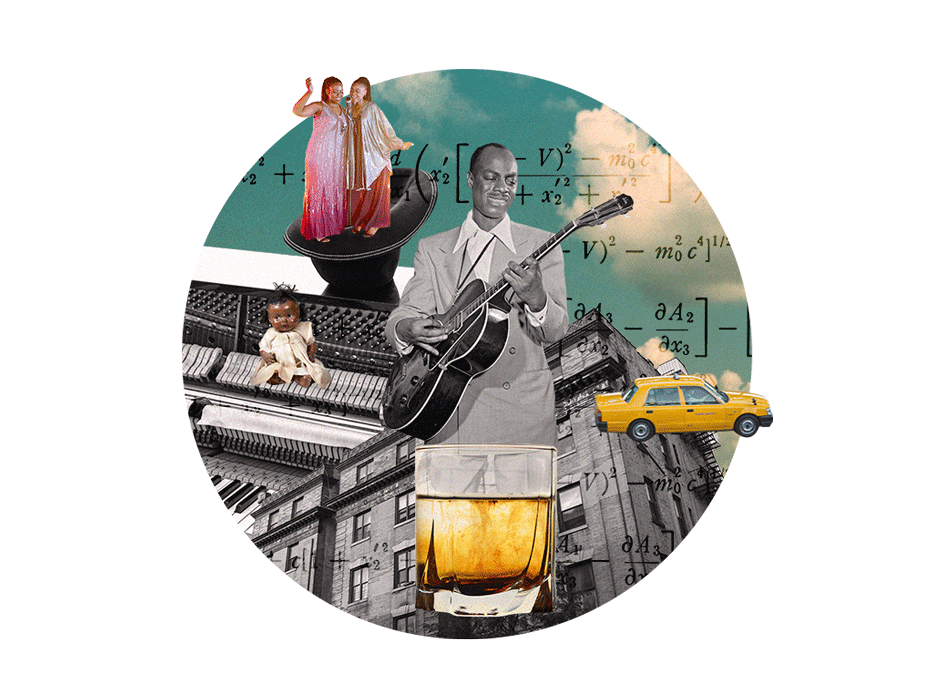
Sonny's blues
James Baldwin
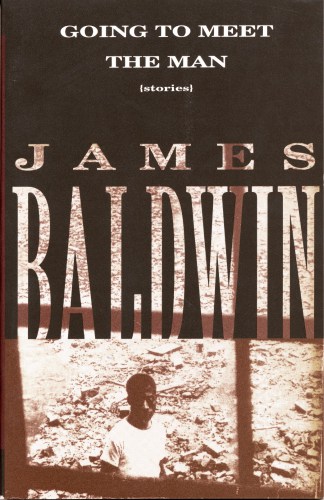
“Sonny’s Blues” is also included in Baldwin’s story collection Going to Meet the Man, Vintage International, New York
“Sonny’s Blues” is about creating a life within our suffering.
The two main characters of the story, Sonny and his unnamed brother who is the narrator, have been estranged when the story begins. Reading the newspaper on his way to his job as a high school algebra teacher, the narrator learns that Sonny has been arrested for sale and possession of heroin. While he’s shaken, feels “a great block of ice got settled in my belly and kept melting there” (327), he does not reach out to Sonny until after the death of his two-year old daughter. He says, “My trouble made his real” (348). We find out the brothers’ history in a series of flashbacks, including the murder of their uncle by a car full of white men on a dark backroad and the sorrow their father carried with him afterward, the early death of their father and then their mother, Sonny’s slow dropping out of school and his obsessive desire to play jazz piano, and the growing gulf between Sonny’s world (art, music, gut-instinct) and the narrator’s (logic, sober family lifestyle). As the story progresses, the two brothers slowly move toward each other, until the narrator accompanies Sonny to a gig in a Greenwich Village bar and sees for the first time how Sonny transforms his suffering through the music. A revival scene that begins with Sonny “[leaving] the shoreline and [striking] out for deep water” (356) and ends with the “cup of trembling” sitting on Sonny’s piano (358).
Why This Text is Transformative?
The emotional lives of these characters is the story’s most immediate concern and the text takes seriously the question of how we endure loss.
The emotional lives of these characters is the story’s most immediate concern and the text takes seriously the question of how we endure loss. As well, it is impossible to understand these characters fully without understanding the racial context of their lives. They grew up in Harlem, and they, as the narrator observes of his high school students, “were growing up with a rush and their heads bumped abruptly against the low ceiling of their actual possibilities” (328). The suffering that the narrator and Sonny endure is individual as well as generational. Their uncle was hit and killed by a car full of white men who never faced justice. Their father watched his brother die and carried this trauma with him. Their mother tells the narrator after the father’s death, “Your Daddy never did really get right again. Until the day he died he weren’t sure but that every white man he saw was the man that killed his brother” (339). The story ultimately links the brothers’ personal struggle for connection and understanding and Sonny’s triumph through music with the larger communal struggle and suffering and deep, religious suffering.
A Focused Selection
Study Questions
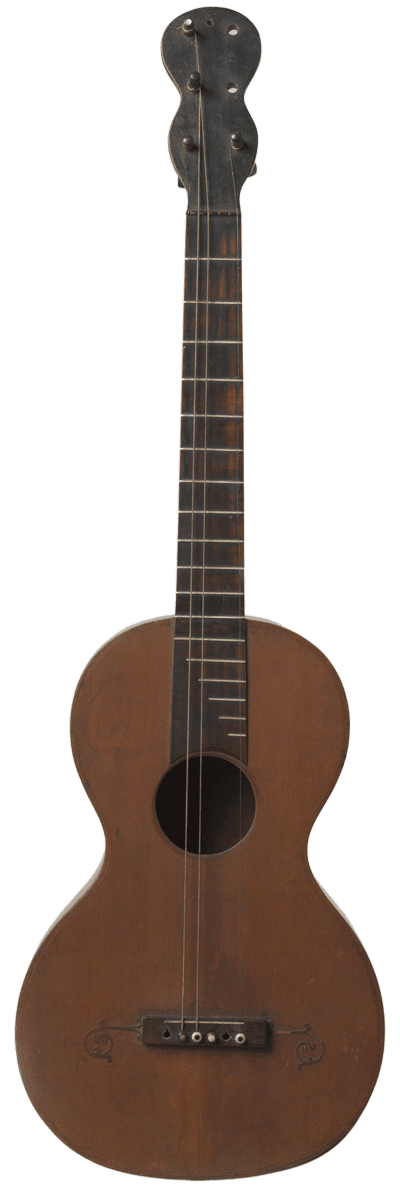
The story is short enough to be read in its entirety during one-two class periods.
The narrator says after reading about Sonny’s arrest, “I couldn’t believe it: but what I mean by that is that I couldn’t find any room for it anywhere inside me. I had kept it outside me for a long time. I hadn’t wanted to know” (327). What are the circumstances between the brothers that allow the narrator to know and not know at the same time? Is there an instance where you have done the same thing: known and not known at the same time?
As the brothers ride in the cab up through Harlem, the narrator says, “boys exactly like the boys we once had been found themselves smothering in these houses, came down into the streets for light and air and found themselves encircled by disaster. Some escaped the trap, most didn’t. Those who got out always left something of themselves behind, as some animals amputate a leg and leave it in the trap” (334). It is a stunning image. What is your response to it? What does it tell you about the relationship between the brothers and between each one and the landscape?
Why can the narrator not contact Sonny until after the death of his daughter? What changes in him then? Have you ever had such a change of heart where something shifted and you could do something you did not think you could do?
The story of the brothers’ father and uncle happens at approximately half-way through the story. Comment on the importance of its placement within the structure of the story. Does the story of the father and uncle affect your understanding of the relationship between Sonny and the narrator? What foundational stories support your own understanding of your relationships?
Trace the references to music throughout the story. What role does it play even before we get to the final pages? Then describe the importance of the final pages of the story describing Sonny’s experience, beginning with the paragraph that starts, “All I know about music is that not many people ever really hear it” (356), and going to the end of the story. What has changed here: between the brothers? Within Sonny? Has Sonny’s suffering shifted at all? Has our understanding of it shifted at all? How about the narrator: has his suffering shifted? What are your thoughts about suffering? What is it? How does one endure it? How does one transform it? What happens if suffering is not transformed?
Building Bridges
A Recommended Pairing
Confessions
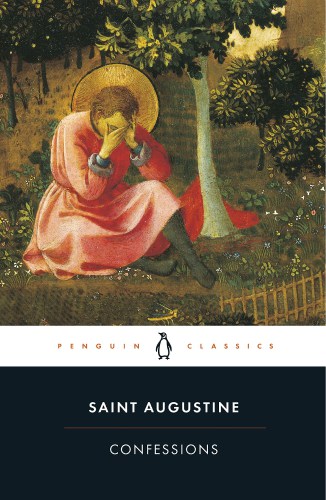
Consider pairing “Sonny’s Blues” with Augustine’s Confessions. Students may find it interesting to compare the way Augustine situates himself within the context of his environment and the way he traces his early life with his later life. The comparison between ideas around sin and redemption can also be an interesting comparison between these two texts.
Audre Lorde
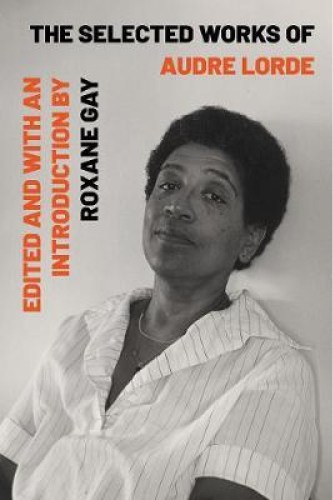
Others to pair with “Sonny’s Blues” include W.E.B. DuBois, Audre Lorde, and Toni Morrison.
Supplemental Resources
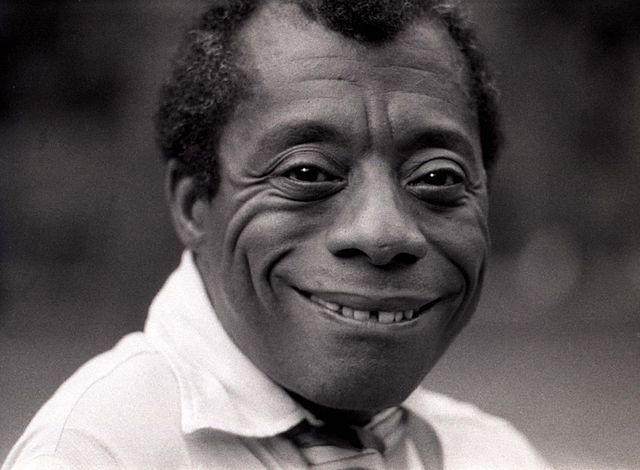
James Baldwin taken in Hyde Park London. Rolliflex twin reflex. 2 1/4 kodak 400 black & white negative film
James Baldwin Project
Good collection of background information on James Baldwin
Wikipedia page for the Prodigal Son story
Text Mapping
Discipline Mapping
English/Composition Studies
Humanities
Sociology
Area Studies
Page Contributor



